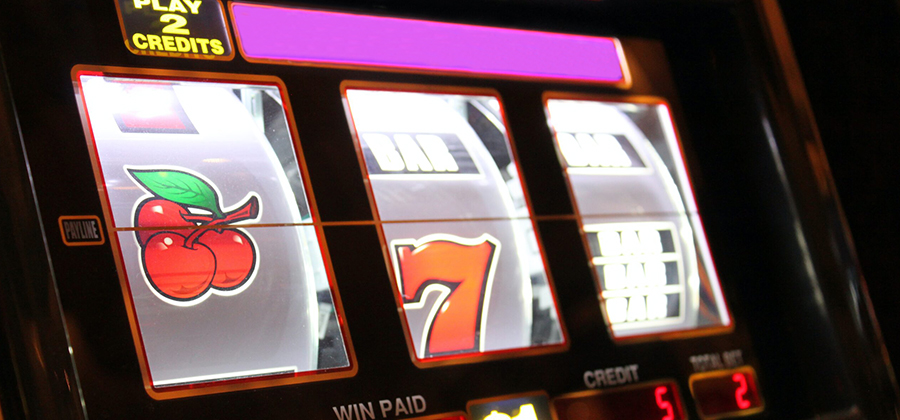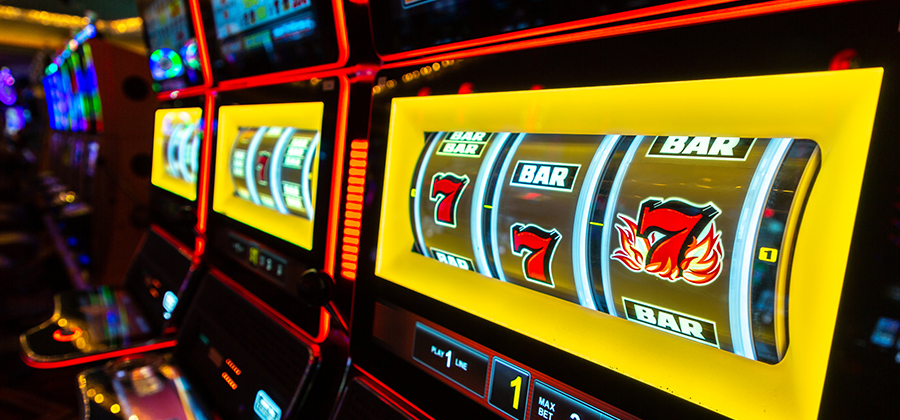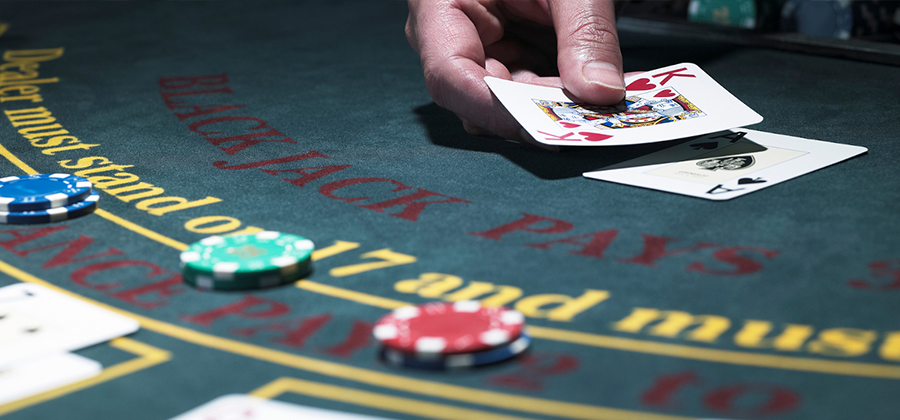Since they were invented over a century ago, pokie machines have exhibited a vast array of technologies. From the rudimentary machines of the late 19th century to the modern digital games produced today, the online pokies industry has always moved with the times, creating games that players love.
But while the ways in which they work have changed, the basic premise of the pokie has remained the same: pay your money, spin the reels, and hope you win a prize. If you do, the money is paid out automatically.
On this page, we’re going to look at pokie machine technology over the years, explaining how they worked and how the technology used impacted the playing experience.
Table of Contents
Invention and Development of the First Pokies
Charles Fey invented the first pokie that paid out money automatically in San Francisco in 1894. The machine called the Liberty Bell, had three reels and a single payline. After gaining popularity in the US, it started to spread worldwide, and before long, it was possible to play the Liberty Bell in several parts of Australia.
But pokies really took off in the 1950s, when Aristocrat came onto the scene. Their products – the Clubman and the Clubmaster – proved hugely popular. This popularity was only enhanced by New South Wales bringing in laws to license and regulate pokies in the state.
Mechanical Components of the First Pokies
As you might expect, the first pokies used very basic technology. The physical reels, which were just large wheels of symbols, were powered by a simple mechanism – pull the lever and the reels would spin. The lever would be locked if no money had been entered and would automatically release itself when the player had paid.
But the really revolutionary aspect of the Liberty Bell was the automatic payments. Certain combinations would trigger a specific amount of money to be dispensed, which was made possible by Fey using far fewer symbols than previous machines.
Before this, similar games didn’t dispense automatically. This was because there were so many winning combinations, making a machine that recognised them all impossible. Instead of paying out automatically, the establishment housing the machine would have to pay out themselves. The prizes weren’t usually money either – alcohol and cigars were instead often handed out to winners.
Electrical Components of the First Pokies
The 1940s saw pokie providers starting to use electromechanical construction, and one of the first machines to adopt this technology was Bally’s High Hand game. But the first pokie to be fully electromechanical was Money Honey, also developed by Bally, in 1963.
Despite being fully electrical, the side lever was exceptionally popular, so it remained in place. Money Honey was also revolutionary thanks to its bottomless hopper, which enabled automatic payouts of up to 500 coins.
Digital Components of Modern Pokies
The next significant change to pokie technology happened in the mid-1970s, when digital components, such as microprocessors, were introduced. It was in 1976 that the first video pokie came along, developed by Fortune Coin, a Las Vegas-based company. Their pokie game, also called Fortune Coin, used a 19” Sony television as a display, doing away with the physical reels altogether. But the lever was still there, even though it was no longer necessary.
Instead of using the mechanics of the past, this new type of pokie saw the spins determined by a microprocessor and random number generator. Despite working well, players were initially sceptical of the new technology, doubting whether a machine with no mechanical parts could produce fair results.
Despite the initial scepticism, the pokie eventually won over players. It went on to be found all over the Las Vegas Strip and much further afield, including venues in Australia.

Evolution of Pokes Technology
Nowadays, most pokies are digital, and the lever has finally disappeared on most machines – although some retain them for nostalgia and aesthetics. Video pokies now have many features and often boast loads of paylines, made possible by the ever-more advanced technology used by pokie designers and manufacturers.
It’s impossible to miss the fact that pokies have now made their way online. Playing using a desktop or mobile device is now possible, and the range of available pokies is staggering. You’ll find all kinds of themes and many different bonus features, plus the prizes are bigger than ever.
Impact of Technology on the Pokies Industry
Technology has had an enormous impact on the evolution of the pokies industry. While in the beginning, games were simple, they are now more immersive than ever, offering an exceptional user experience with enhanced sounds and graphics.
But the evolution of pokies, while great for those seeking fun, has been problematic in the area of gambling addiction. By making the games more exciting and immersive, it’s far easier for players to gamble too much and develop problems.
The next step in pokie technology in Australia will likely be cashless pokie machines. In fact, this will soon be made mandatory in some states to ensure players are better able to monitor their spending and set limits on the amount of money they can lose.
Conclusion
As you’ve seen, technological improvements have allowed pokies to change drastically over the last 120 years. They’ve gone from simple machines with one payline to digital games offering heaps of features and hundreds, and even thousands, of paylines.
Pokie players must understand the leaps in technology and how they pertain to their gameplay. This is so they’re confident while playing, knowing precisely what to do. Players must also understand how pokies work so they know every spin is truly random and they’re not being cheated.
Pokies in Australia, both in land-based venues and online, are more exciting and enjoyable than ever. But every spin owes something to the original pioneers of the pokie industry, particularly Charles Fey, inventor of the Liberty Bell, way back in 1894.



 by
by 


